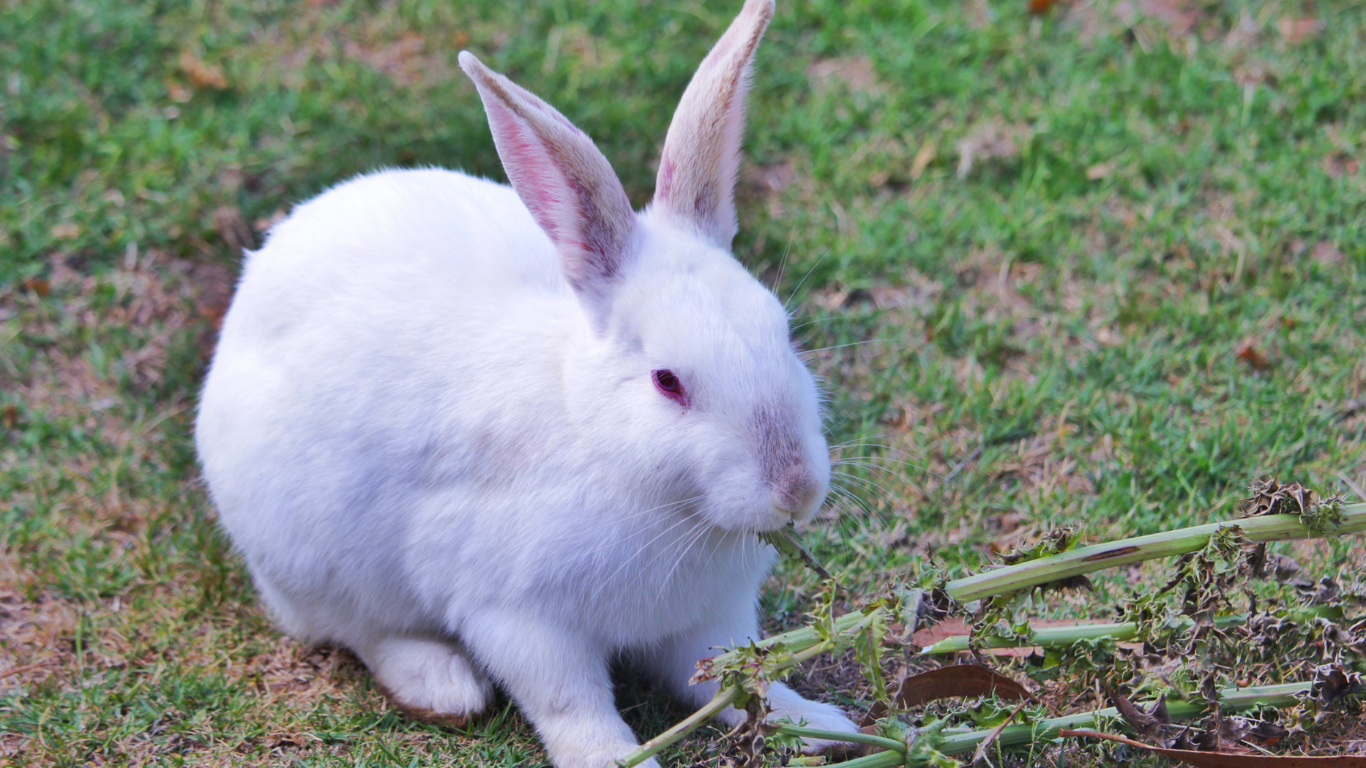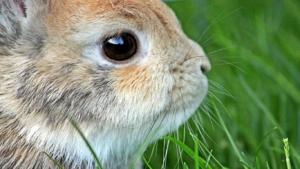The Teddywidder rabbit, a rare and enchanting breed originating from Germany, has been capturing the hearts of rabbit enthusiasts worldwide. Known for their distinctive long, soft fur and charming lop ears, these rabbits make delightful companions. This comprehensive guide delves into the origins, characteristics, care requirements, and considerations for potential owners of the Teddywidder rabbit.
Origins and History
The Teddywidder rabbit, also known as the Teddy Dwarf Lop, emerged in Germany as breeders aimed to develop a small, long-haired rabbit with lop ears. The breed is relatively new and remains rare, even within Europe. In the United States, the Teddywidder is still in the developmental stages, with breeders working towards establishing a standardized breed.
Physical Characteristics
Teddywidder rabbits are dwarf-sized, typically weighing between 2.9 to 4.4 pounds (1.3 to 2 kg). Their most striking feature is their dense, long fur that covers their entire body, including their distinctive lop ears. This luxurious coat requires regular grooming to prevent matting and maintain its softness. The breed comes in various colors and patterns, adding to their unique appeal.
Temperament and Behavior
Known for their docile and friendly nature, Teddywidders thrive on human interaction and enjoy being handled, making them excellent companions and therapy animals. Their calm demeanor makes them suitable for families and individuals seeking a gentle pet.
Care Requirements
Housing
Due to their long fur, Teddywidders are best kept indoors to protect them from extreme temperatures and environmental hazards. They are sensitive to warm temperatures and can become ill quickly if temperatures exceed their comfort zone. Providing a spacious enclosure with proper ventilation is essential. Litter training is advisable, and using vinyl flooring in their habitat can help keep their fur clean.
Diet
A balanced diet is crucial for the health of Teddywidder rabbits. Their diet should primarily consist of high-quality hay, such as Timothy hay, which aids in digestion and dental health. Fresh vegetables and a limited amount of pellets can supplement their diet. It’s important to provide fresh water daily and monitor their food intake to prevent obesity.
Grooming
Regular grooming is vital due to their long, dense fur. Brushing their coat at least twice a week helps prevent matting and keeps their fur in good condition. During molting periods in spring and autumn, more frequent grooming may be necessary. Additionally, regular checks of their ears, nails, and teeth are important to detect any health issues early.
Health Considerations
While specific health issues related to Teddywidders are not extensively documented, their long fur and lop ears may predispose them to certain conditions:
- Ear Infections: Regularly check their ears for signs of infection, as the lop structure can limit airflow, creating a moist environment conducive to bacteria.
- Dental Problems: Like all rabbits, Teddywidders have continuously growing teeth. Providing ample hay and chew toys helps maintain proper dental health.
- Gastrointestinal Stasis: A condition where the digestive system slows down or stops. Ensuring a fiber-rich diet and monitoring eating habits can help prevent this issue.
Regular veterinary check-ups are essential to maintain their overall health and address any concerns promptly.
Breeding and Recognition
In the United States, the Teddywidder is considered a breed in progress. The North American Teddywidder Rabbit Club (NATWRC) is dedicated to promoting the breeding of quality Teddywidders with the goal of achieving recognition by the American Rabbit Breeders Association (ARBA). Prospective breeders should be aware of the responsibilities and challenges involved in breeding this rare and delicate breed.
Is the Teddywidder Right for You?
Owning a Teddywidder rabbit requires a commitment to regular grooming, attentive care, and providing a suitable living environment. Their friendly and affectionate nature makes them ideal companions for those willing to invest the time and effort into their care. Potential owners should consider their ability to meet these needs before bringing a Teddywidder into their home.
Conclusion
The Teddywidder rabbit is a unique and charming breed that offers companionship and joy to those who appreciate its distinctive qualities. With proper care, attention, and love, Teddywidders can thrive and become a cherished part of any household.


